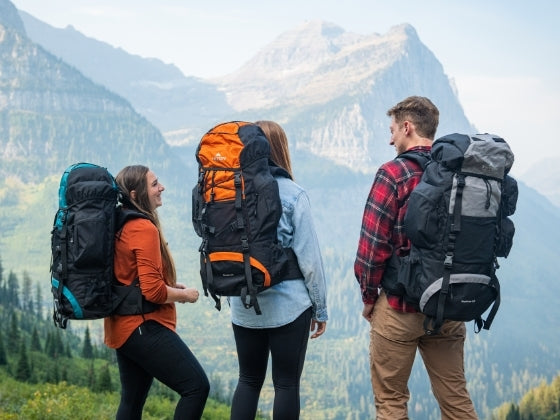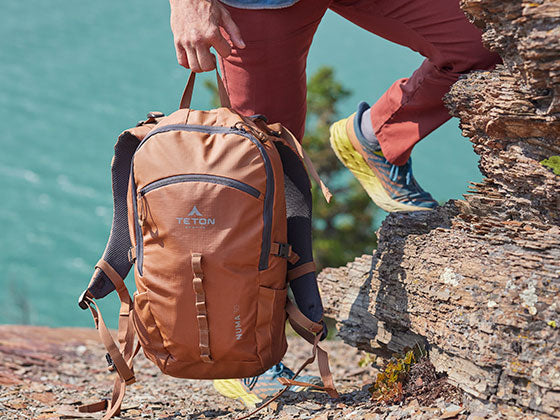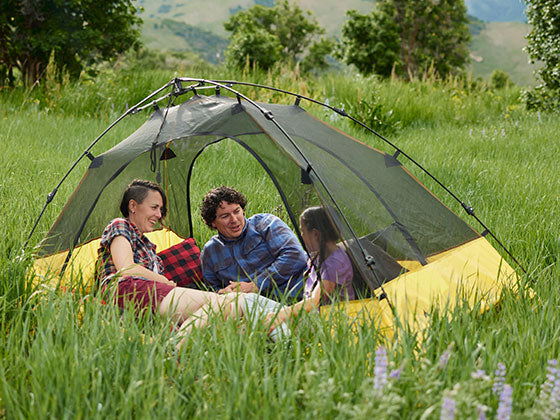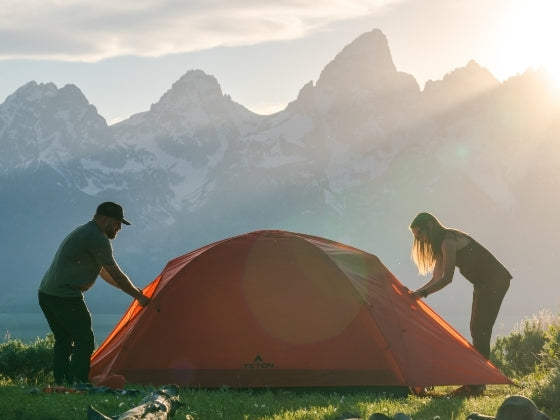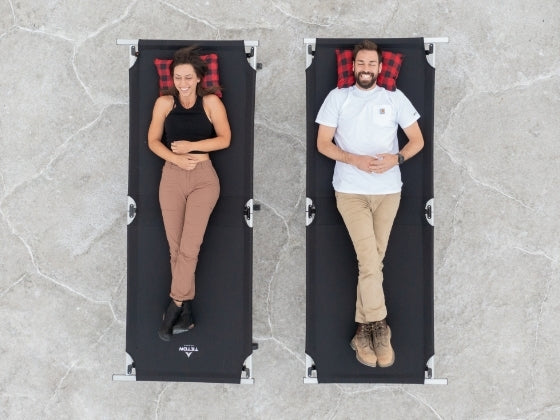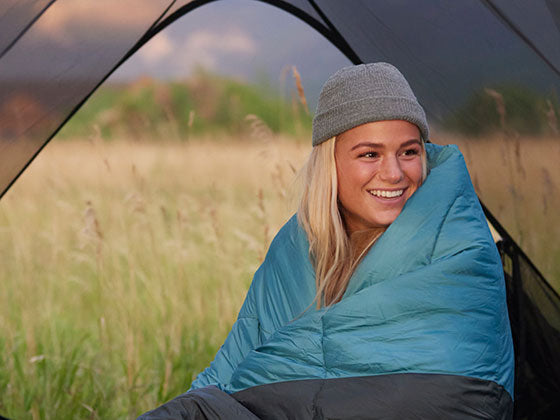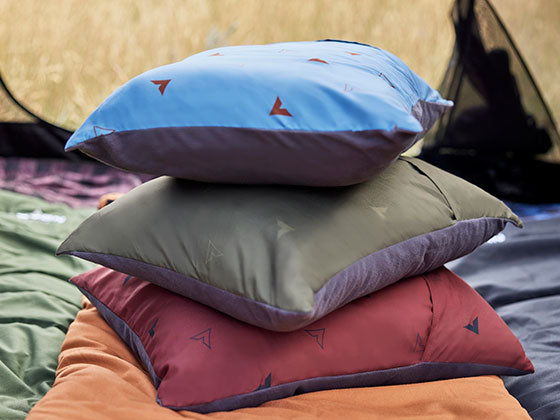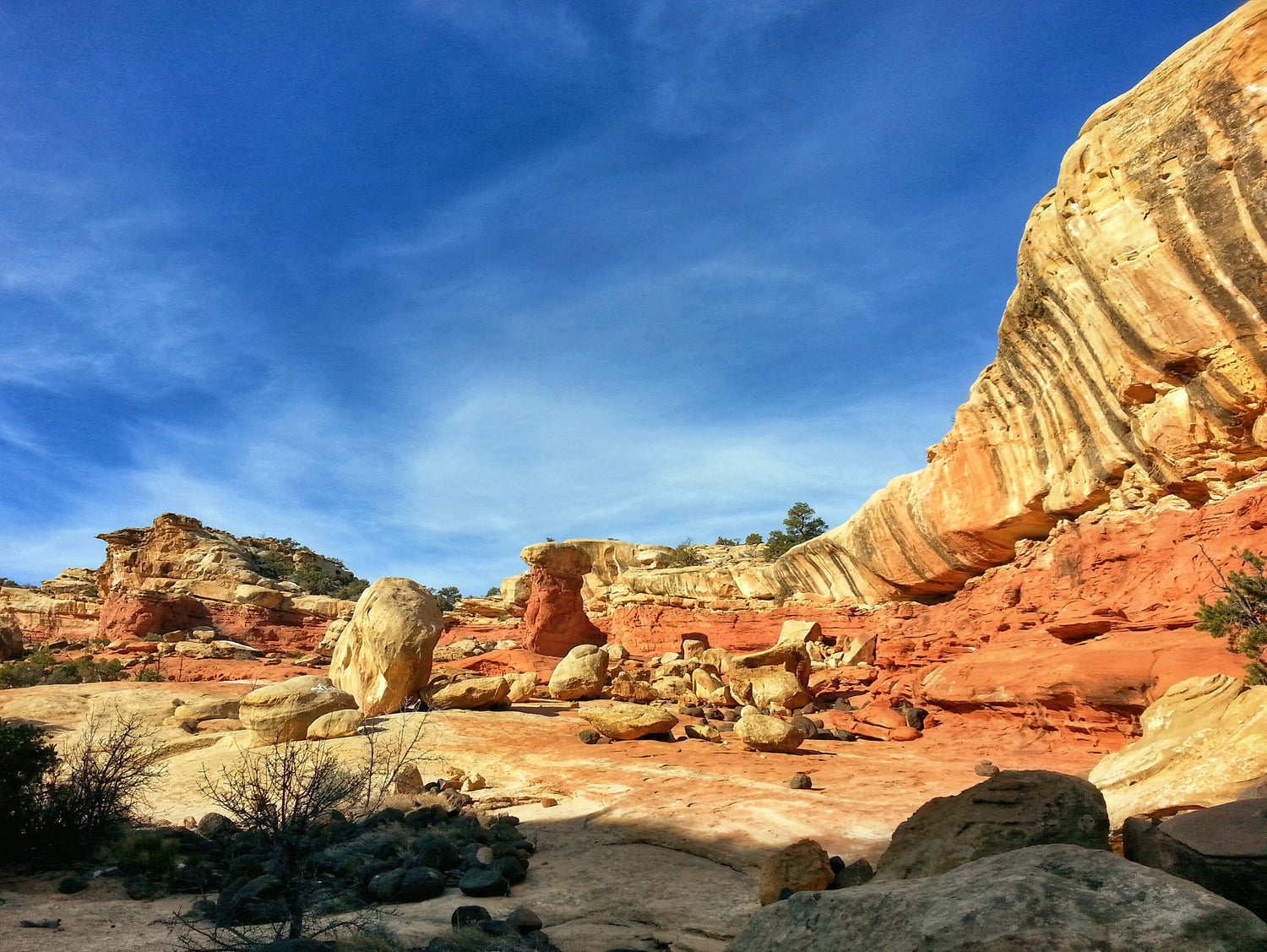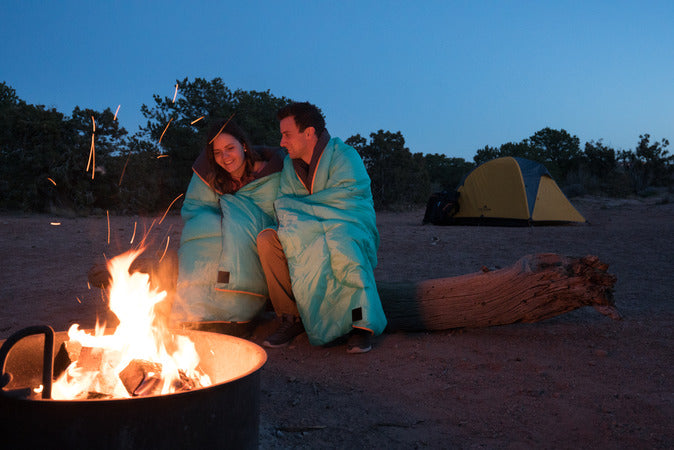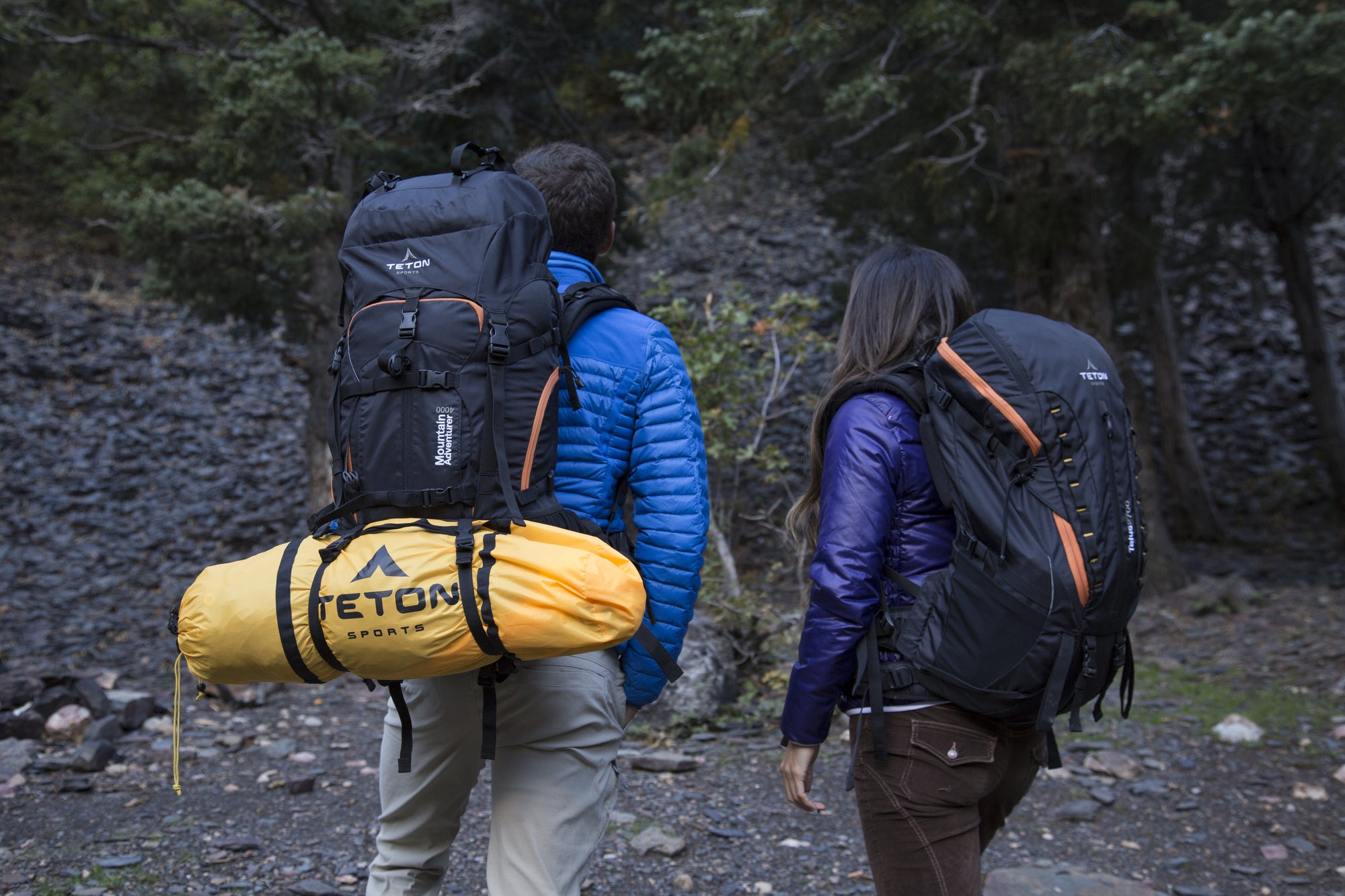Are You a Detriment or an Asset to the Outdoors?
An eroded path cuts uphill, making short work of the long stretches of switchbacks that the national park maintains. “Why waste time?” you think as you jump over the log that was placed as a visual barricade to stay on trail. Clumps of alpine flowers dot the earth at the summit, and the delicate blue petals are like none you’ve seen before. You pick a few and press them into your guidebook as a memento. Later, at camp, you build a new fire pit instead of using the one already established. You like building things yourself, and besides, the pit wasn’t big enough for the fire you’re creating. You gather the few dry branches that lie on the ground, then notice a dying tree a short distance away. Snapping what you can from its body, you enjoy a roaring fire. The next day, though embers are glowing, no flame can be seen. You drizzle what’s left in your plastic bottle on what’s visibly red, then toss the bottle on top of the coals and pack out. “The next person will burn whatever’s left,” you reason. (record screech) Hold up. Didn’t you just build a new fire pit, ignoring the old one? What makes you think the next person won’t do the same? Your bottle is more likely to be caught up in the wind or washed away by rain, ending as litter the wilderness. And this is just the beginning of the host of unethical activities you just participated in. Let’s retrace your steps.Burning Material
You may think burning plastic or rubber is no big deal, since it means not only will you be saved from packing it out, but now it won’t take up space at the landfill. False. Burning anything with plastic or rubber in it releases toxic chemicals into the air and the soil. Your fire won’t produce enough heat to destroy the chemicals. If the harm to the environment isn’t enough to stop you from this, take note: breathing in any of the fumes from burning plastic or rubber can lead to cancer and/or respiratory disease.Putting out Fires
Fires should be burned until all that’s left is white ash. If there are live coals, the best thing to do is crush them and then douse with water until completely wet. A single bottle of water is not going to be sufficient — unless you built a fire for ants.Gathering Wood
The tree might be dead but it’s home to all kinds of life, from birds to insects. This is true of both standing and downed trees. Instead of hacking off parts of trees, gather small pieces of wood (smaller than your wrist) in areas where it is permitted and search for it over a large area to minimize your impact. If gathering will wipe the area clear of wood (usually alpine and desert areas) don’t do it.Fire Pits
If there is one established, use it. Building new fire pits not only scar the land but can damage soil biota, disrupting nutrient flow. If you must build a fire, do it in a pan placed on a rock or by laying down a ground cloth, mounding a 5” layer of sand or soil from a disturbed site on top, then starting your fire on the mound. Both of these methods will protect the undisturbed soil from the heat of fires. Better yet, use a camp stove.Picking Flowers (and other things)
You might be fascinated with that pretty alpine flower. So is everyone else. So let’s say everyone took what he or she thought was beautiful, thinking, “Just one won’t make a difference!” What then? Those flowers (or any other object, including artifacts such as arrowheads) won’t be around for long. Snap a pic of your finds and allow others the joy of discovery.Stay on Trail. (Stay on trail, stay on trail.)
This should really be a no brainer for outdoor people, but for those that are new to the outdoors or for those who somehow missed the memo, stay on the trail! There are a plethora of reasons why cutting switchbacks or wandering off is damaging to the environment. A few to consider:- Erosion: scrambling off trail up a steep hillside can rip up vegetation that holds soils in place, making it susceptible to erosion.
- Scars: It takes just a few people (sometimes just one!) following the same path to compact the soil and leave a visible route that will tempt others to follow. Eventually, soil will become so compacted that nothing can grow there, leaving a web of trails across the land.
- Damaging vegetation or soil crusts: Some vegetation and soils can rebound from light traffic. Others take years to recover. Lichens, mosses and cryptobiotic soil (the black, bumpy crust in desert areas) are an example of the latter. When you damage cryptobiotic soil, you kill the chance for vegetation to take hold in those fragile, arid lands.
Have a tip to share? Got more to add? Leave a comment!

